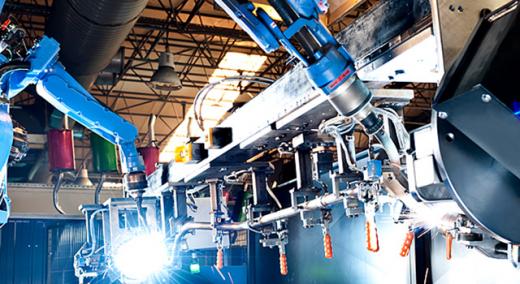A survey from 2014 found that small and medium-sized manufacturers do not like to compromise on quality when it comes to communications devices, vehicles, or tea (yes, tea—the survey respondents were probably British) but were more likely to skimp when it came to things like manufacturing equipment. Whether it is a new computer for the office or a welding station for the shop floor, purchasing new equipment is a decision about risk. A poor purchasing decision can result in a waste of resources and possibly a safety or cybersecurity incident.
|
ADVERTISEMENT |
Before you purchase or otherwise acquire a piece of equipment, whether it be a CNC machine or a cell phone, there are a lot of things to consider: How will it be financed? What special safety or cybersecurity concerns come with it? What will maintenance look like? How long is it expected to last?
It can be easy to overlook some aspect of risk involved in a purchase decision when overwhelmed with options. It can be especially difficult to know what to buy when comparing three different products that seem very similar.
NIST MEP has created a pre-purchase guide that might help.
…

Add new comment